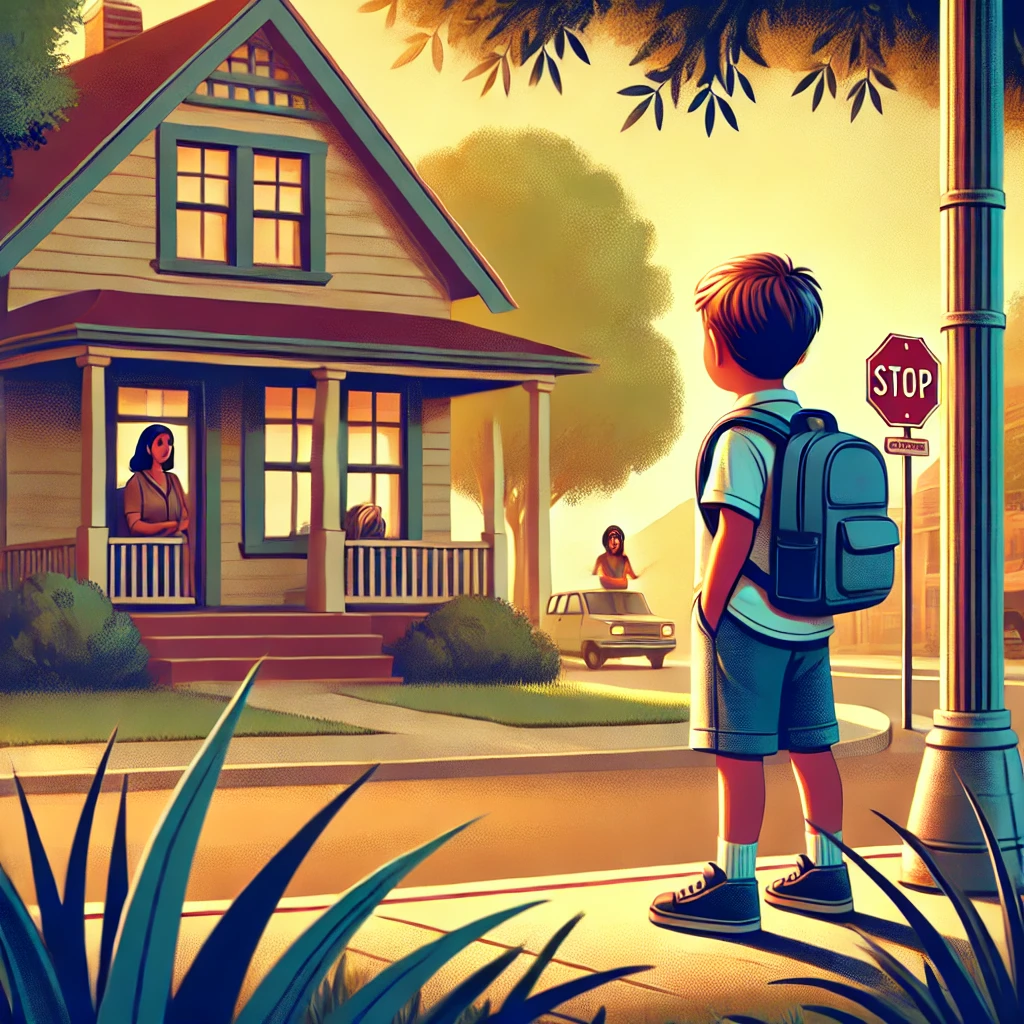
It was a warm summer afternoon when eight-year-old Jackson begged his mother to let him walk to the neighborhood park alone. Just three blocks away, it was a journey his parents had made countless times in their childhood. Yet, Jackson’s mother hesitated. What if something happened? What if he got lost or—worse—encountered a stranger with bad intentions? Instead of letting him go, she decided to drive him there herself. Jackson sighed and climbed into the car, unaware that this small decision would be part of a larger trend affecting his generation—overprotective parenting.
Over the past few decades, parenting in America has undergone a significant transformation. What was once an era of free-range childhoods—where kids played in the streets until the streetlights came on—has given way to a culture of supervision, structure, and safety concerns. While parents’ intentions are noble, aiming to protect their children from harm, the unintended consequences are proving to be detrimental. The rise of overprotective parenting is contributing to increased anxiety, lack of resilience, and an inability to navigate life’s inevitable challenges.
The Shift Toward Overprotection

Decades ago, children roamed their neighborhoods freely, walked to school alone, and handled conflicts with their peers without parental intervention. Today, many children experience the opposite: highly scheduled playdates, supervised extracurricular activities, and a world where every scrape and failure is met with immediate adult intervention. This shift is fueled by several cultural and technological changes:
- 24/7 News Cycle and Fear Culture – With constant media coverage of crimes and tragedies, many parents perceive the world as more dangerous than it actually is. In reality, crime rates in many areas are lower than in previous generations, but the perception of danger has grown.
- Helicopter and Snowplow Parenting – Helicopter parents hover over their children, ensuring their safety and success at all times, while snowplow parents remove obstacles before their children even encounter them. Both approaches limit kids’ ability to develop problem-solving skills.
- Social Media Amplification – Online parenting groups and social platforms create pressure to be the “perfect parent” who always knows where their child is and ensures every moment is enriching and risk-free.
- Academic and Career Pressures – With increasing competition in education and the workforce, parents feel compelled to micromanage their children’s activities to secure their future success.
The Consequences of Overprotective Parenting

While keeping children safe is a natural parental instinct, too much protection comes at a cost. Studies show that overprotected children are more likely to experience:
- Increased Anxiety and Depression – Without early exposure to manageable risks and challenges, children grow up fearing failure and struggling to cope with adversity.
- Lack of Resilience – When parents step in at the first sign of trouble, children miss out on learning essential problem-solving and coping skills.
- Entitlement and Dependency – Over-scheduled and over-managed kids often grow up expecting life to be structured for them, leading to difficulty adjusting to independence in adulthood.
- Reduced Social Skills – Constant parental intervention prevents children from learning conflict resolution and collaboration on their own.
Encouraging Independence and Growth
So how can parents strike the right balance between protection and independence? Here are some strategies to help children build confidence and resilience:
- Allow Controlled Risk-Taking – Let kids climb trees, navigate playgrounds, and try activities that may lead to minor scrapes or failures. These experiences teach valuable lessons.
- Encourage Free Play – Unstructured play allows children to develop creativity, negotiation skills, and self-confidence without adult interference.
- Teach Problem-Solving – Instead of immediately resolving conflicts or challenges for children, guide them through decision-making and encourage them to come up with solutions.
- Gradually Increase Independence – Let kids take age-appropriate responsibilities, such as walking to a friend’s house or managing their own homework schedule.
- Model Resilience – Show children how to handle setbacks and disappointments with a positive mindset and problem-solving approach.
Conclusion
While it’s natural to want to protect children from harm, overprotection can inadvertently hinder their development. Allowing children to experience manageable risks, failures, and challenges is essential for building resilience and independence. Parents should focus on preparing their children for life rather than shielding them from it. By fostering an environment where children can learn from experience, today’s parents can raise a generation that is confident, capable, and ready to take on the world.
This article is part of our series on The Coddling of the American Mind. Stay tuned for our next installment: The Role of Social Media in Shaping Thought and Behavior.
Brent is the Managing Partner of CatchMark Technologies and a seasoned technologist with over 25 years of experience in IT leadership, cybersecurity, and technical operations. He began his career serving in the U.S. Army, where he worked extensively with electronics—laying the foundation for his lifelong passion for technology and problem-solving. Brent holds a Certified Information Systems Security Professional (CISSP) certification and currently leads CatchMark’s Cybersecurity and Tech Support teams. Known for his strategic thinking and hands-on expertise, he excels in guiding secure, scalable solutions and driving innovation across complex technical environments.
Must See
-


Latest News
/ 6 hours agoDiscover Fly Fishing in the White Lake Area
If you’ve ever watched someone casting a long, looping line across a river, you’ve...
By Kara Raeth -


Community
/ 1 day agoHealthy Roots Brings Wholesome Living and Heartfelt Support to Downtown Whitehall
Healthy Roots is more than just a health food store—it’s a place of purpose,...
By Amy Yonkman -


Opinion
/ 2 days agoThe Decline of Free Speech in Educational Institutions: A Threat to Open Discourse
The university auditorium was packed but free speech was tabled. A guest speaker, invited...
By Brent Raeth












